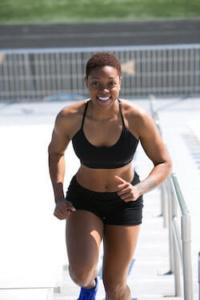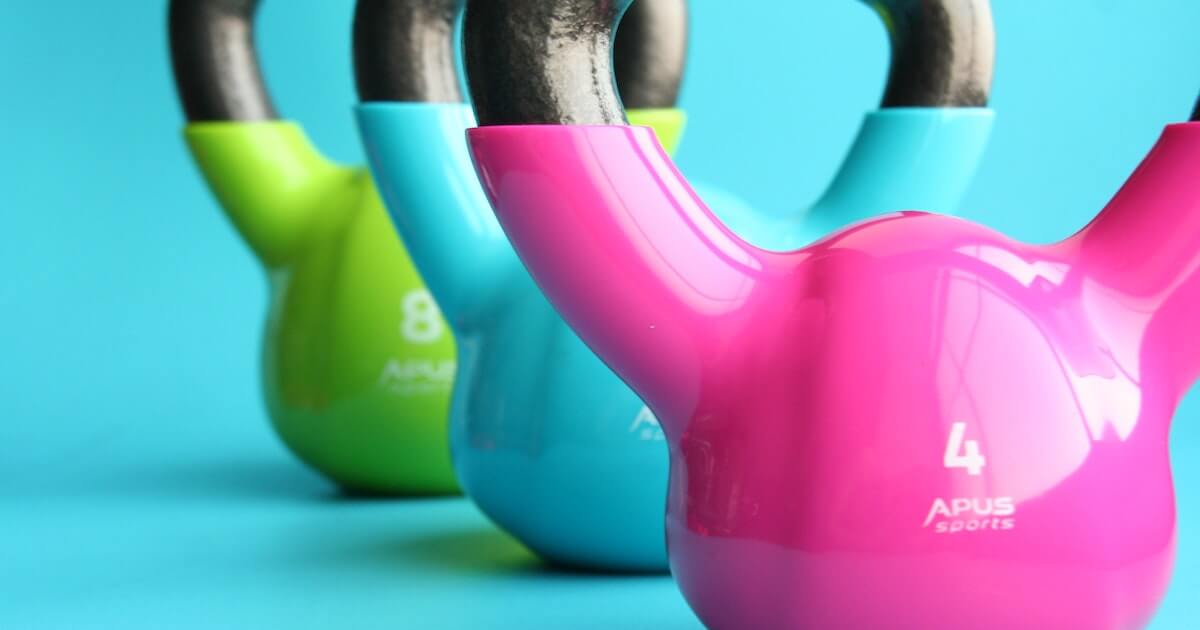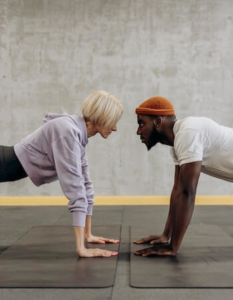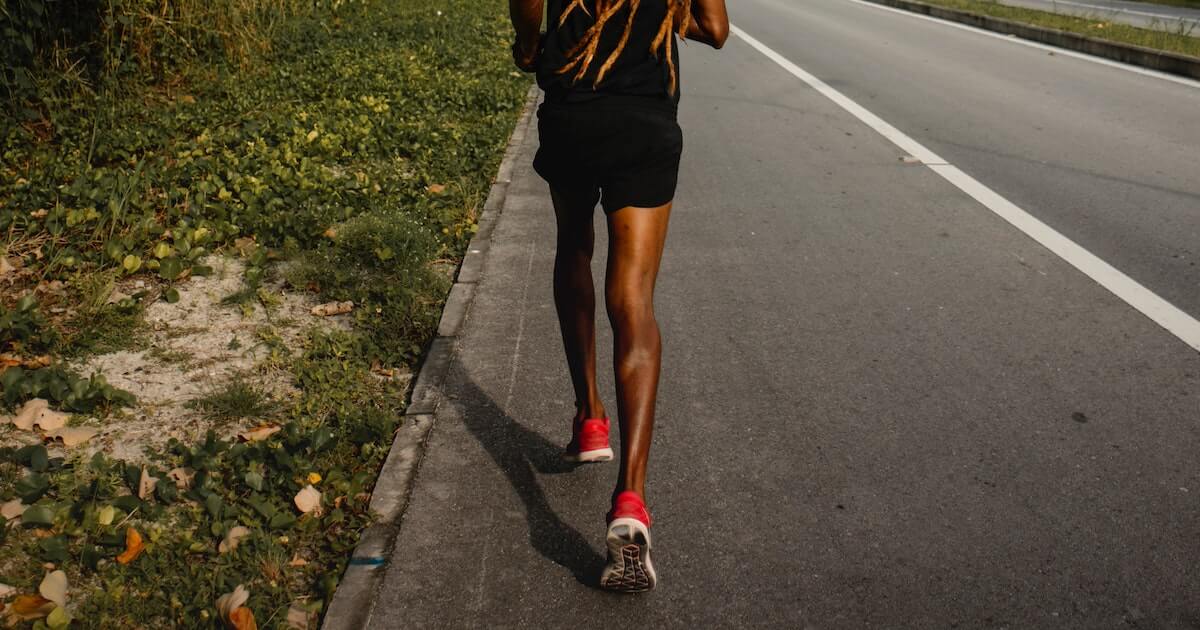Are you on the search for a personal trainer in Victoria? Whether you’re a gym novice who needs help designing a fitness program or a seasoned athlete who is aiming to improve performance or rehabilitate following an injury, here’s how our personal trainer and certified kinesiologist, Angelina Schaaf, can help you get on track, stay the course and achieve your optimal fitness and performance goals this year.
How to Choose the Right Personal Trainer in Victoria for You
There are a lot of personal trainers in Victoria to choose from, and selecting the right one for your specific needs can be a challenge. People often ask their friends for recommendations, but that doesn’t always result in a good match because what works for one person may not lead to a successful outcome for another. Fitness training isn’t one-size-fits-all. You need a trainer with the right experience to understand where you are in your fitness journey now, what tweaks and adjustments may be required to avoid injury, and the specific volume and stimulus required to ensure continual progress. For example, here are just a few of the main reasons people choose Diversified Health Clinic’s personal training services:
- Certified kinesiologist: Angelina Schaff is an experienced personal trainer and a certified kinesiologist. Her in-depth knowledge enables her to identify, correct and ensure optimal lifting techniques, posture and movement patterns that avoid injury and effectively isolate the right muscles. Angelina also knows what each fitness program requires to balance muscle groups for optimal results and performance.
- Injury Rehabilitation: When embarking on a new fitness routine or exercise, the last thing you want is to compromise an old injury. Personal training at Diversified Health Clinic can be tailored for safe and effective injury rehabilitation and improved strength and mobility.
- Sports conditioning and training: On-season and off-season, Angelina Schaaf offers bespoke fitness programs that improve speed, strength and performance while correcting suboptimal movement patterns to avoid muscle imbalances or injury. Our programs can be tailored to each sport, including pre and post-season conditioning.
- Goal Specific: Angelina will design your fitness programs according to your immediate and long-term goals. A client whose goal is to lose weight and build lean muscle will require a program that is vastly different from a client whose goal is to increase power, combustive strength and muscle mass. Personal training at Diversified Health Clinic starts with a thorough health assessment to clarify your goals, followed by a physical evaluation to determine your current conditioning before custom-designing an effective program just for you.
Fitness programming isn’t a one-size-fits-all approach — it has to be tailored.
Ensuring Good Habits Stick

It’s no coincidence that the post-holiday period between January and February brings many people to the gym, full of enthusiasm about improving their fitness. While getting started is half the battle, the real challenge is making new habits stick. Consider how many resolutions you’ve made in the past that fell to the wayside when other things got in the way. Working with a personal trainer gives you an accountability partner and helps motivate you long after your natural enthusiasm has worn off.
Focus and Privacy
Diversified Health Clinic has a private gym space with everything needed for a comprehensive training program. Clients appreciate the one-on-one focus they receive from our personal trainer, and our safe and uncrowded gym space is ideal for injury rehabilitation programs and sports conditioning.
Building Optimal Outcomes
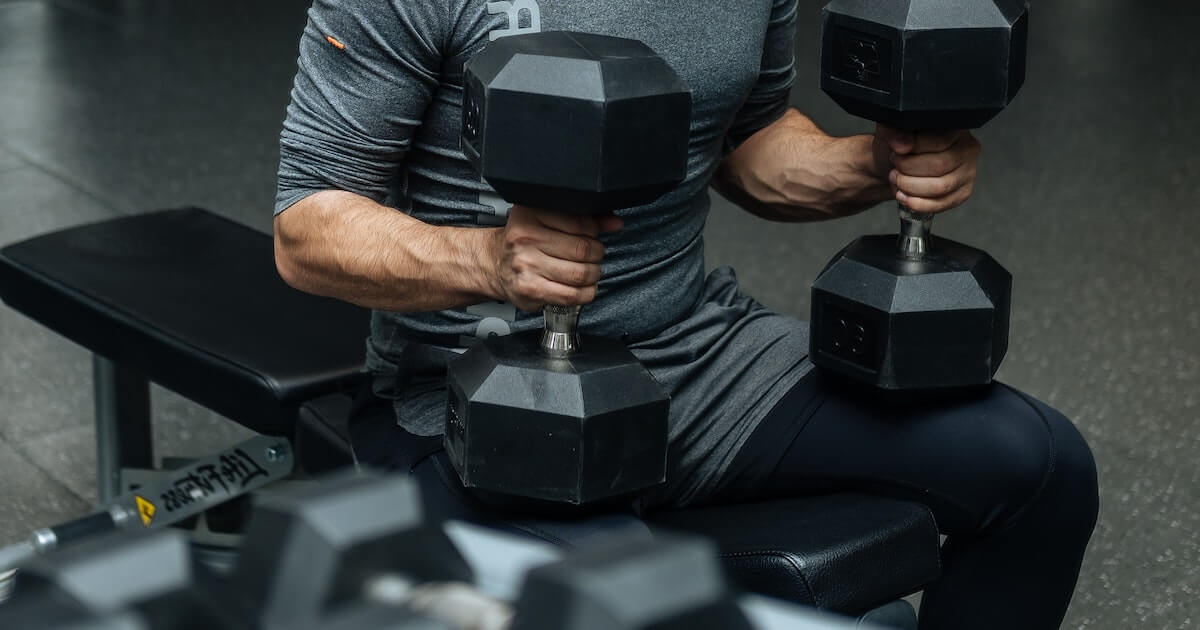
Why hire a personal trainer when you can show up to the gym and simply “wing it” as you go? As the old adage goes, “failing to plan is planning to fail.” While it’s true that you can still benefit from working out without a program, if your goal is to make improvements and other changes, you’ll likely require a plan to see results. Fitness programming is crucial because our body always seeks homeostasis and the path of least resistance. Training without a plan can often result in a lot of time spent exercising with few physiological changes to show for it. It can also result in performance plateaus due to the body becoming accustomed to stimulus.
An experienced personal trainer such as Angelina will know which exercises are best suited to your current situation and goals and how much volume, intensity and change are required to deliver ongoing and progressive results. And let’s face it, a few things are more motivating than noticing a positive change from the time and effort you put in at the gym.
Take the First Step Towards a Happier, Healthier and Fitter You This Year!
Call Diversified Health Clinic today at (250) 382-0018 to book with Angelina Schaaf, our kinesiologist and personal trainer in Victoria, BC., or book an appointment online.

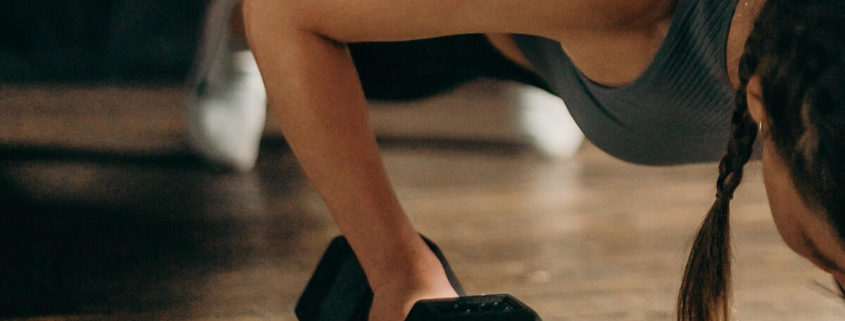
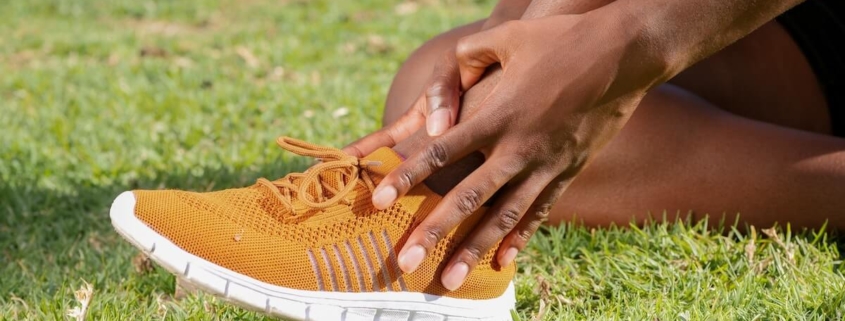

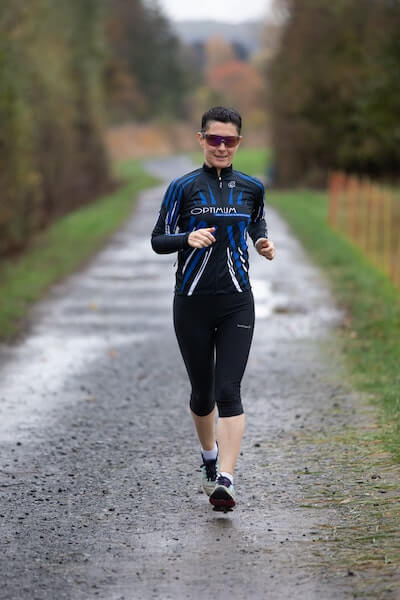
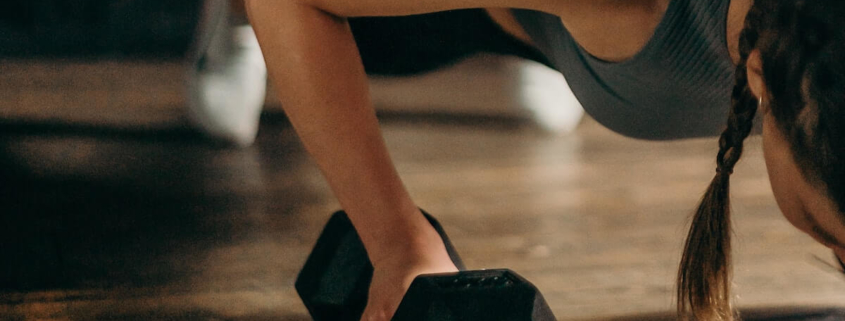
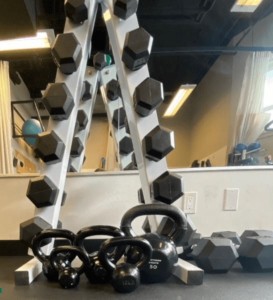
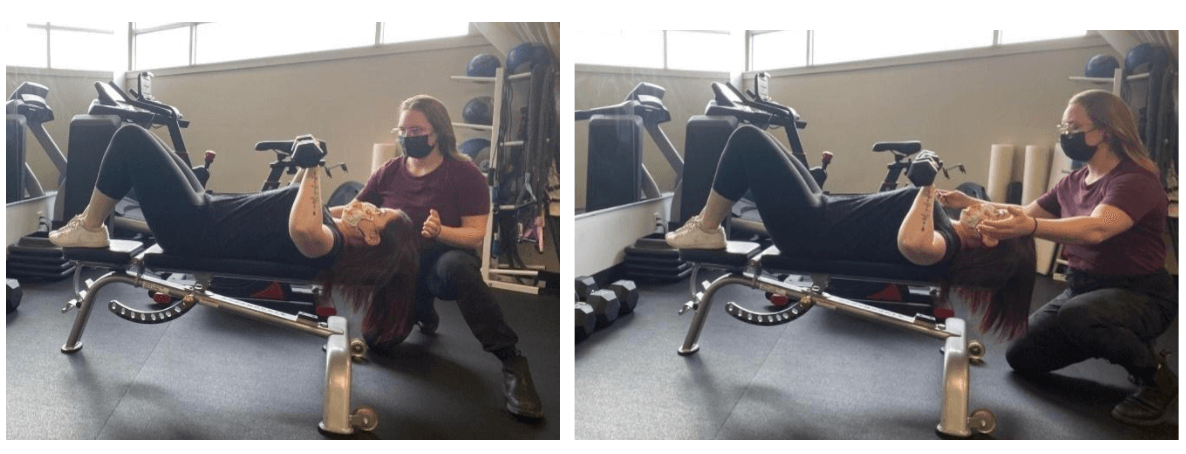
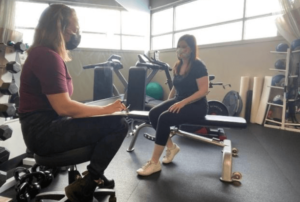


 Delayed onset muscle soreness is more pronounced when:
Delayed onset muscle soreness is more pronounced when: